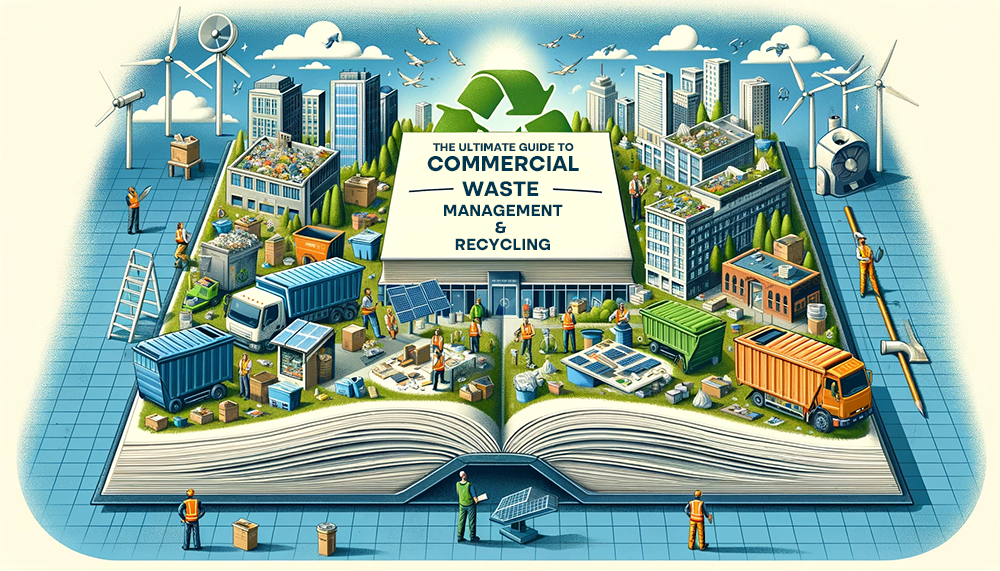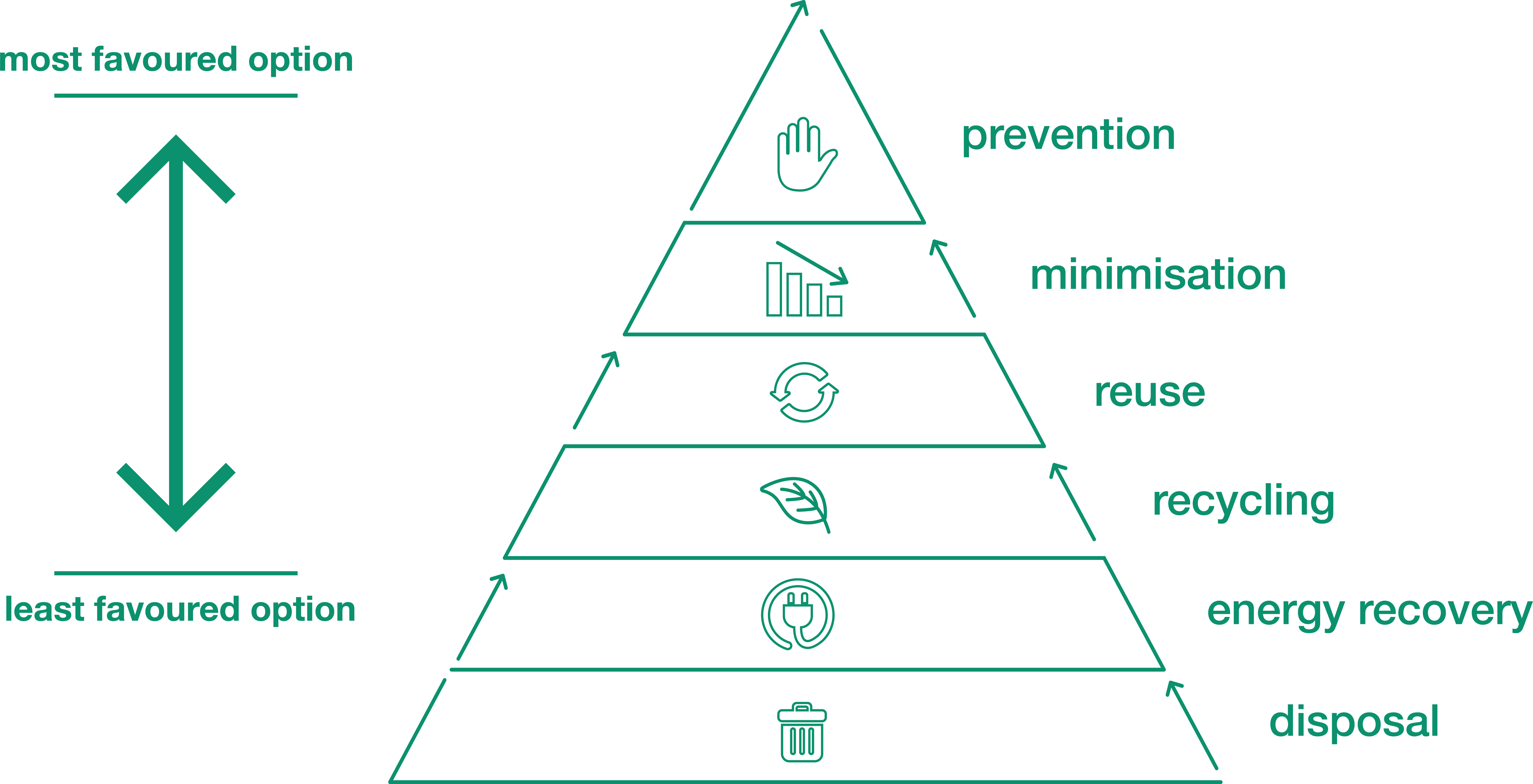Checking Out Different Kinds Of Waste in Modern Waste Management Solution
The modern landscape of waste monitoring involves navigating a complicated variety of waste kinds, each calling for specialized handling and disposal methods to alleviate environmental impacts. Community solid waste, harmful waste, digital waste, and natural waste each existing distinctive obstacles and opportunities for source recovery. Ingenious remedies such as wise waste containers and waste-to-energy innovations are becoming crucial tools in enhancing efficiency and sustainability. Understanding these waste types is vital for promoting public understanding and encouraging energetic involvement in lasting practices. What strategies can effectively deal with these different kinds of waste while promoting a round economic climate?
Metropolitan Solid Waste
Municipal strong waste, commonly referred to as home trash or waste, includes a variety of discarded products produced by residential, business, and institutional sources within a town. This waste stream usually includes products such as packaging, food scraps, lawn trimmings, paper, plastics, fabrics, and disposed of home items. The administration of municipal solid waste is a critical part of urban planning and public health and wellness, necessitating reliable collection, transportation, and disposal systems.
Efficient waste management systems are developed to minimize ecological impact while optimizing resource recovery. Composting organic waste, such as food scraps and lawn trimmings, not only minimizes landfill usage but also produces beneficial dirt changes.
Districts have to also address the logistical and economic challenges related to waste administration. Carrying out pay-as-you-throw systems, improving public understanding, and buying modern technology can substantially enhance waste diversion rates. By integrating these practices, communities can cultivate lasting areas, minimize greenhouse gas discharges, and save natural deposits.
Hazardous Waste

Efficient contaminated materials management includes numerous crucial actions: identification, disposal, partition, and therapy. Recognition entails the classification of waste based on its harmful residential properties. Segregation guarantees that harmful products are saved individually from non-hazardous waste to stop cross-contamination. Treatment methods, such as chemical neutralization, incineration, and stabilization, are utilized to minimize the toxicity, quantity, or mobility of the waste. Finally, disposal choices, including safe and secure garbage dumps and underground storage, are chosen to make sure long-lasting containment.
Governing frameworks, such as the Resource Preservation and Healing Act (RCRA) in the United States, offer standards and standards for unsafe waste administration. Adherence to these laws, combined with innovations in waste therapy modern technologies, is important in mitigating the threats connected with hazardous waste.
Digital Waste
Electronic waste, generally described as e-waste, stands for a quickly expanding difficulty in waste administration systems internationally. This sort of waste encompasses disposed of electronic devices and equipment such as smart devices, computers, tvs, and other digital devices. The fast pace of technical development, paired with reducing item life expectancies and customer demand for the most up to date tools, has actually significantly raised the volume of e-waste created annually.
E-waste is particularly bothersome due to its complicated composition, often having dangerous compounds like mercury, cadmium, and lead, which pose considerable environmental and health and wellness threats if not appropriately handled. On the other hand, e-waste also includes useful products such as silver, gold, and copper, which can be recouped and recycled. The dual nature of e-waste-- both valuable and harmful-- requires customized handling, reusing, and disposal procedures.
Efficient e-waste monitoring entails stringent regulatory frameworks, robust collection systems, and progressed reusing modern technologies. Public recognition and engagement are crucial, as incorrect disposal techniques, such as unlawful discarding and casual recycling, worsen ecological contamination and wellness threats. Consequently, enhancing e-waste management techniques is important for reducing ecological impact and recovering useful sources in a progressively digital world.
Organic Waste
Organic waste, comprising kitchen area scraps, yard trimmings, and farming residues, stands for a considerable portion of the international waste stream. This type of waste is eco-friendly, implying it can be damaged down by bacteria right into easier natural compounds. In spite of its capacity for all-natural decomposition, incorrect monitoring of organic waste can cause unfavorable ecological impacts, including the exhaust of greenhouse gases such as methane, which add to environment change.
Efficient management find of organic waste is crucial for decreasing these environmental effects (recycling lives services). Composting is an extensively taken on approach, changing natural waste right into nutrient-rich compost that can improve dirt wellness and agricultural efficiency. In addition, anaerobic food digestion is an emerging technology that transforms natural waste right into biogas, an eco-friendly power source, and digestate, which can be utilized as plant food
Municipalities and waste administration entities must execute durable natural waste collection and therapy programs to maximize the benefits of these procedures. Public education projects can additionally play a critical role in encouraging households and services to different organic waste from other kinds of waste. By focusing on the management of natural waste, cultures can lower land fill usage, reduced greenhouse gas emissions, and create valuable results for farming usage.

Ingenious Waste Management
In the realm of waste management, innovative techniques are changing just how cultures handle their refuse, aiming for sustainability and performance. One noticeable innovation is the execution of wise waste bins outfitted with sensing units that keep track of fill degrees and maximize collection courses.
An additional notable growth is the fostering of waste-to-energy (WtE) technologies. By transforming non-recyclable waste into usable energy via procedures such as incineration and anaerobic food digestion, WtE decreases landfill burden and supplies an eco-friendly energy source. In addition, innovations in chemical recycling permit the malfunction of complicated plastics right into their original monomers, enabling the creation of brand-new, top quality plastic products.
Moreover, the circular economy design is acquiring traction, stressing the layout of products and systems that prioritize reusability and source effectiveness. This alternative method urges sectors to decrease waste generation from the outset. With these cutting-edge strategies, modern waste administration systems are not only attending to the prompt difficulties of garbage disposal yet also paving the method for an extra sustainable future.
Conclusion
An extensive understanding of community solid waste, contaminated materials, digital waste, and organic waste, paired with the application of cutting-edge waste administration remedies, is necessary for mitigating environmental impacts. Incorporating technologies such as clever waste containers and waste-to-energy systems can enhance performance and sustainability. Reliable waste monitoring methods not just foster source recovery however also promote public understanding and participation, ultimately adding to the advancement of a round economic climate.
The contemporary landscape of waste monitoring involves browsing an intricate selection of waste types, each calling for specialized handling and disposal approaches to alleviate ecological influences. Community solid waste, dangerous waste, digital waste, and organic waste each present unique obstacles check this and chances for resource recuperation.Electronic waste, commonly referred to as e-waste, represents a quickly expanding obstacle click to read in waste management systems globally. Via these innovative strategies, modern-day waste administration systems are not only dealing with the immediate challenges of waste disposal but also leading the method for a more lasting future.
A comprehensive understanding of metropolitan solid waste, harmful waste, electronic waste, and organic waste, combined with the implementation of ingenious waste administration solutions, is essential for reducing ecological effects. (recycling lives services)